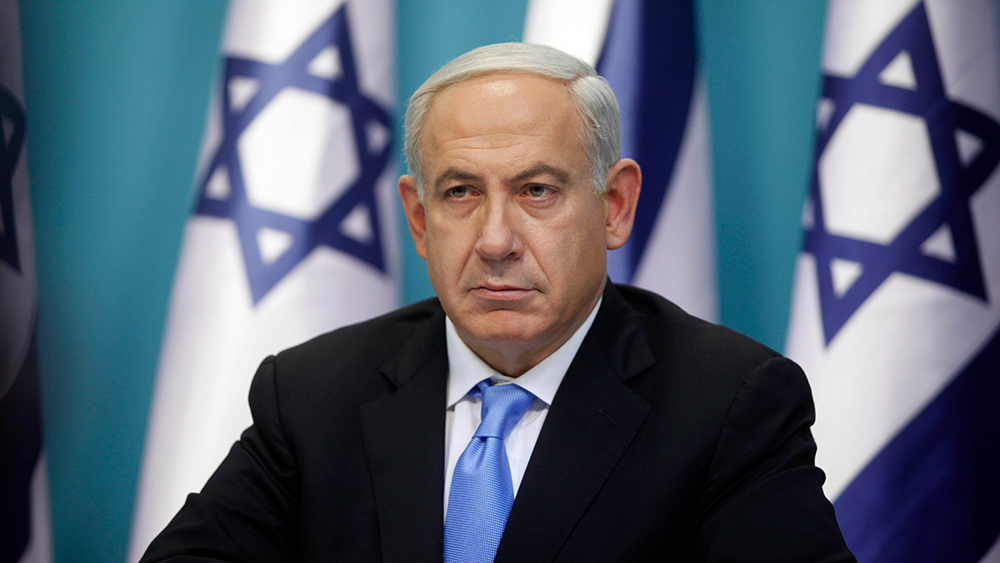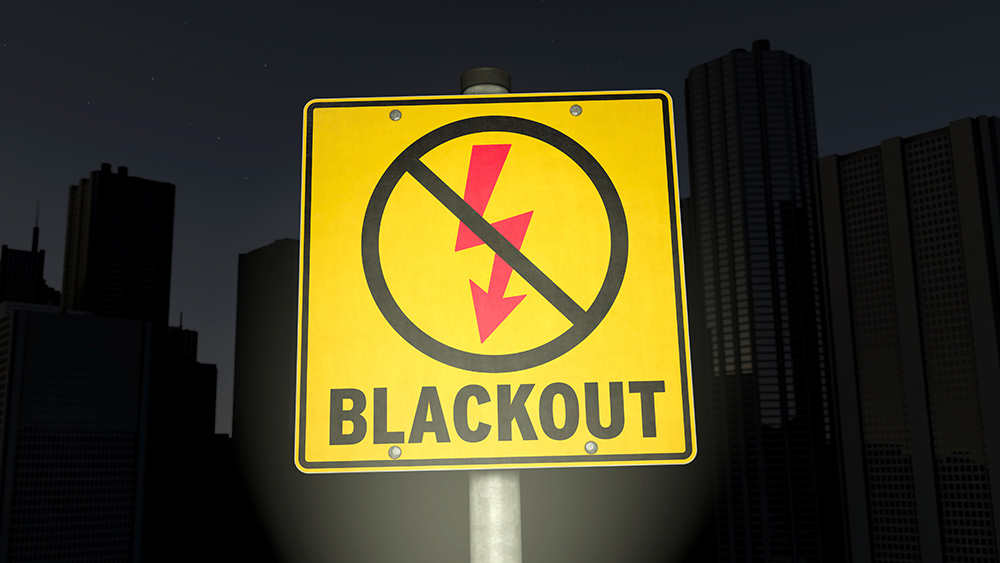Trump plans to protect the U.S. with an "Iron Dome" as space war heats up
By ljdevon // 2025-02-04
Tweet
Share
Copy

In a move that could redefine global security dynamics, former President Donald Trump signed an executive order on January 27, 2025, to build an “Iron Dome for America.” This ambitious plan aims to protect the U.S. homeland from ballistic, hypersonic, and advanced cruise missile threats, while also incorporating space-based monitoring and interception systems. The initiative marks a significant escalation in the U.S.’s strategic rivalry with Russia and China, accelerating the militarization of space and raising concerns about a new arms race. Here’s what you need to know about this monumental decision and its implications for global stability.
Key Takeaways:
• The U.S. is accelerating the militarization of space, intensifying its rivalry with Russia and China.
• The plan includes space-based defense systems, potentially masking offensive weapons like “rods from God.”
• Strategic stability is at risk, with fears of a new arms race and the potential for miscalculation.
• Some military strategists argue that space-based arms control agreements are urgently needed to mitigate risks, not further militarization of space
• Others see the expansion of the space war as an opportunity to gain the upper hand over their adversaries, before they gain leverage and control.
A new cold war in space
Trump’s Iron Dome plan represents a dramatic shift in U.S. defense strategy, particularly in its approach to space. The initiative builds on the creation of the U.S. Space Force in 2019, which signaled the beginning of a second Space Race. However, the latest executive order takes this competition to a new level by prioritizing space-based defense systems capable of intercepting advanced missile threats. The inclusion of “non-kinetic capabilities,” likely referring to directed-energy weapons (DEWs), underscores the technological sophistication of the plan. While the exact deployment of these systems—whether ground-based or space-based—remains unclear, the move has already prompted Russia and China to accelerate their own space defense programs. This escalation mirrors the dynamics of the original Cold War, when the U.S. and Soviet Union engaged in a costly arms race. However, the stakes are arguably higher today, as the militarization of space could lead to the deployment of offensive weapons disguised as defensive systems. “Rods From God” and defending against the next super weapon One of the most controversial aspects of Trump’s plan is the potential for kinetic bombardment systems, colloquially known as “rods from God.” These space-based weapons involve dropping projectiles from orbit, which could strike targets with devastating speed and precision. The concept of kinetic bombardment has long been a subject of speculation and concern. Proponents argue that such weapons could provide a decisive advantage in future conflicts, while critics warn that their deployment could destabilize global security. “Whoever is the first to position themselves to carry out kinetic bombardments will obtain dominance,” said one analyst. “But this also raises the risk of preemptive strikes, as nations may feel compelled to act before their adversaries gain the upper hand.”A call for space based arms control
As the U.S., Russia, and China race to develop advanced space-based systems, the need for arms control agreements has never been more urgent. Without credible monitoring and enforcement mechanisms, the risk of conflict—whether through miscalculation or preemptive strikes—will continue to grow. “A space-based arms control pact is the only way to reduce this risk,” said one expert. “But given the current state of relations between these powers, such an agreement seems unlikely in the near future.” Trump’s Iron Dome plan represents a bold and controversial step in the evolution of U.S. defense strategy. By prioritizing space-based systems and advanced missile defense, the initiative has the potential to reshape the global balance of power. However, it also carries significant risks, from the militarization of space to the erosion of strategic stability. The question now is whether the U.S. and its rivals can navigate this dangerous new landscape without triggering a conflict that could alter the course of history. For now, the Iron Dome for America stands as a symbol of both ambition and uncertainty, a testament to the complexities of modern warfare. Sources include: Substack.com WhiteHouse.gov Enoch, Brighteon.aiTweet
Share
Copy
Tagged Under:
space Russia Cold War China national security big government WWIII future tech space war strategic stability weapons tech miscalculation militarization of space Iron Dome preemptive strikes military objectives arms control American defense global power balance
You Might Also Like
Activist judge who just blocked DOGE also threw a pro-life grandma in prison…
By News Editors // Share
South Korea blocks DeepSeek on government computers over spying concerns
By Cassie B. // Share
Russia wheat exports hit record high despite EU sanctions
By Lance D Johnson // Share
Recent News
Earth-like soil patterns on Mars reveal clues to the planet’s climate history
By willowt // Share
Virologist who endorsed HCQ for COVID-19 appointed to top pandemic post at HHS
By ramontomeydw // Share










